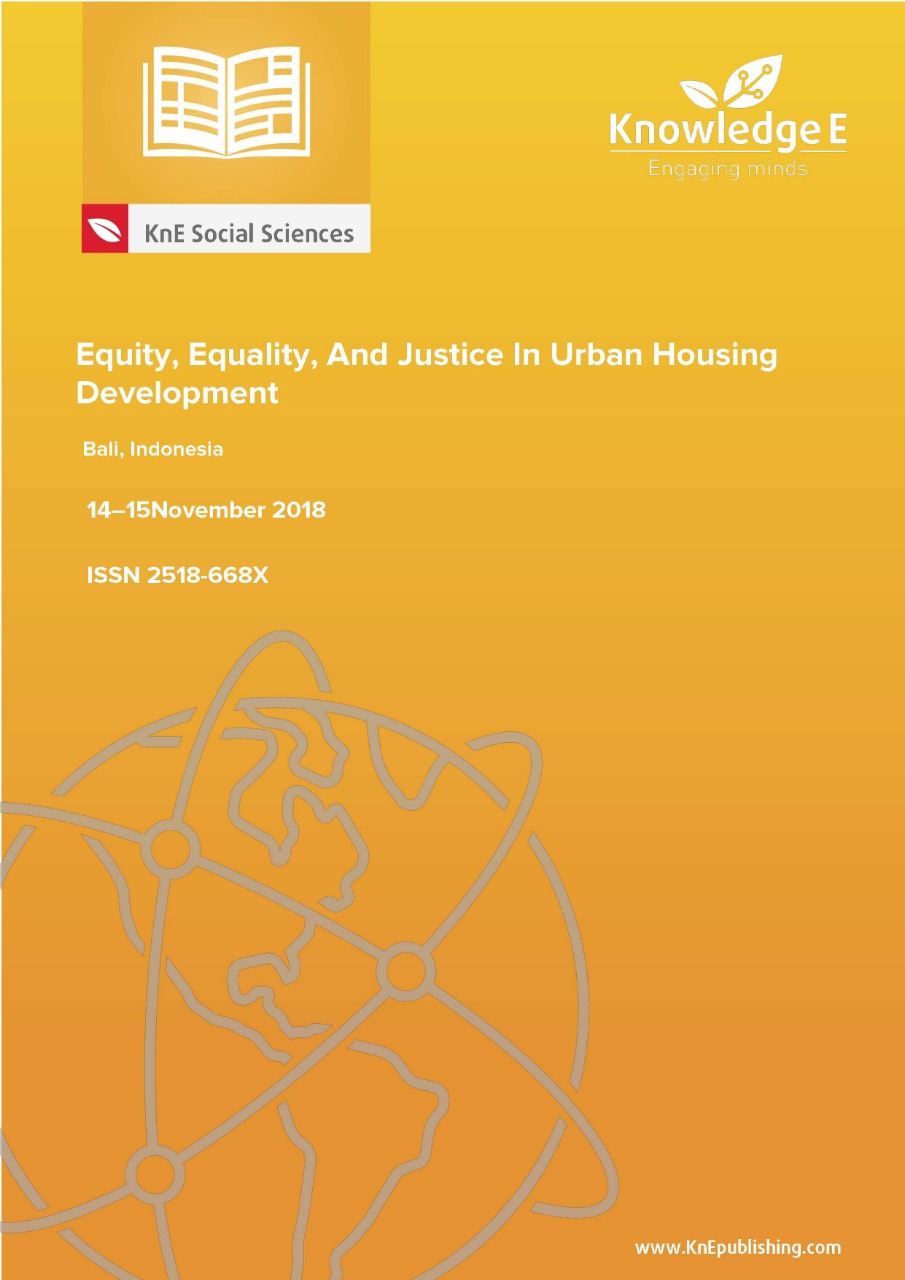Conservation and Rehabilitation of Historic Urban Landscapes as Cultural Heritage Area (KCB): Case in Padang, West Sumatra
DOI:
https://doi.org/10.18502/kss.v3i21.4956Abstract
Padang is the provincial capital of West Sumatra, Indonesia, and was affected by the earthquake that occurred in September 2009. UNESCO and the Indonesian government conducted an emergency survey of the damage. While the municipality of Padang is trying to promote and conserve the area as Kawasan Cagar Budaya, there are various difficulties, especially after the natural disaster. Architectural monitoring of damaged houses and landscapes and semi-structural interviews with residents of thirty-five buildings in the area have been conducted since 2010. The research shows how residents changed a way of living in their houses after an earthquake, and show, and religious ties and land ownership are more important than geographical ties at the street level.
Keywords: cultural heritage, urban landscape, ethnicity, Padang
References
UNESCO. (2010). Assessment Report and Recommendations for Action Plan for the Rehabilitation of Earthquake-affected Cultural Heritage in West Sumatra, Indonesia, Jakarta: UNESCO Jakarta Office.
National Research Institute for Cultural Properties, Tokyo. (2011). Report on Workshop for Conservation of Cultural Heritage in Padang. Tokyo: National Research Institute for Cultural Properties, Tokyo.
National Research Institute for Cultural Properties, Tokyo. (2012). Report on Conservation of Cultural Heritage in Padang. Tokyo: National Research Institute for Cultural Properties, Tokyo.
National Research Institute for Cultural Properties, Tokyo. (2013). Report on. Conservation and Rehabilitation for Historic Area of Padang. Tokyo: National Research Institute for Cultural Properties, Tokyo.
National Research Institute for Cultural Properties, Tokyo. (2016). Report on “Workshop on Rehabilitation of Cultural Heritage in Padang. Tokyo: National Research Institute for Cultural Properties, Tokyo.
Colombijn, Freek. edited by P. J. M. Nas (2002). “The ecology of Sumatra towns in the nineteenth century”, The Indonesian Town Revisited, Lit Verlag.
Colombijn, Freek. (1996). “Padang”, Elsevier Science, Great Britain.
Colombijn, Freek. (1994). Patches of Padang, The History of and Indonesian Town in the Twentieth Century and the Use of Urban Space. Leiden: Research School CNWS.
De Steurs, H. J. J. L. Ridder. (1849). De Vestiging en Uitbreding der Nederlanders ter Westkust van Sumatra, Leiden: Leiden University
Khaerunnisa. (2013). “Kajian Mengenai Kerentanana Rumah dan Ruko Cagar Budaya oleh Pemilik Rumah pada di Kota Lama Padang Terhadap Pembangunan Kembali Pasca Gempa 2009”. Report on Conservation and Rehabilitation for Historic Area of Padang. Tokyo: National Research Institute for Cultural Properties, Tokyo. 39-50pp.
Colombijn, Freek. edited by P. J. M. Nas. (1993) “The power of symbols in the urban arena: The case of Padang (West Sumatra)”, Urban Symbolism, E. J. Brill.

